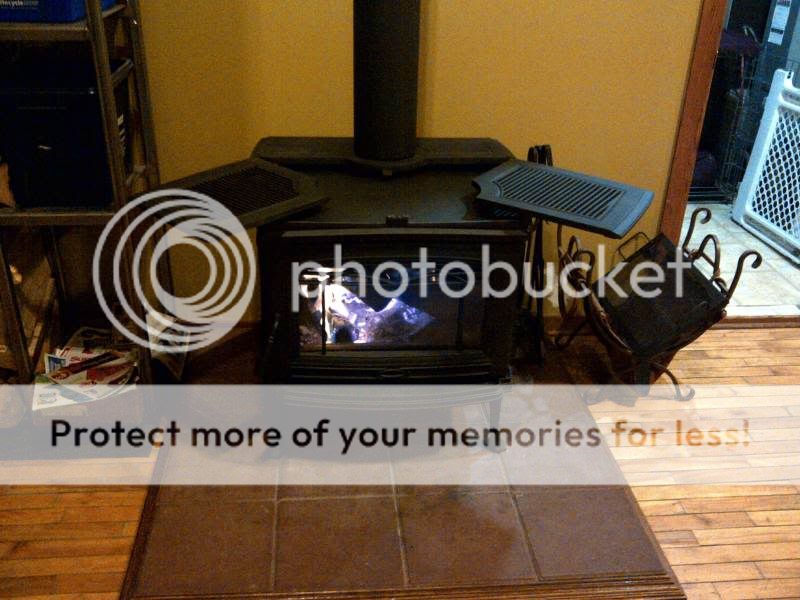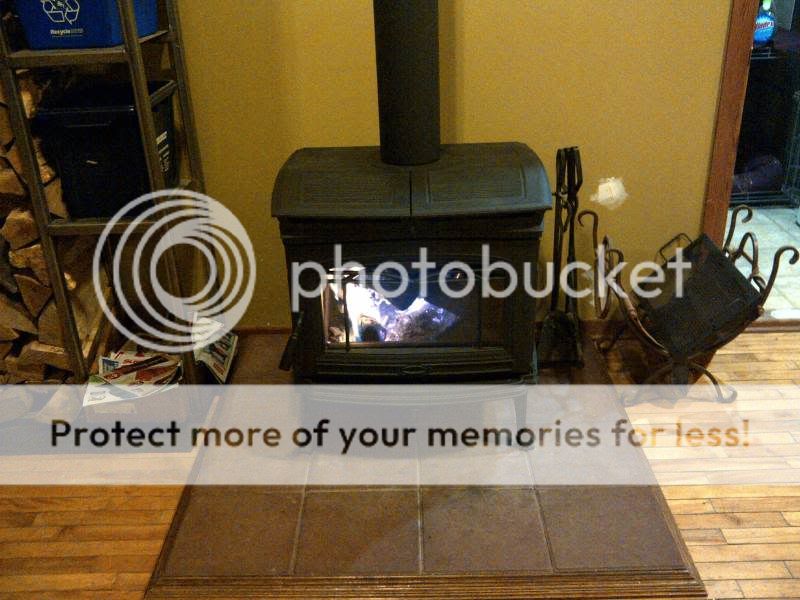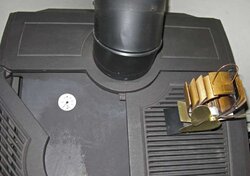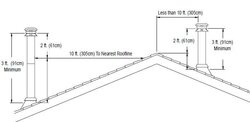For anyone else that is considering a new stove - these guys put together a pretty decent chart thath is comparing the Pacific Energy Stoves to Hearthstone.
http://chimneysweeponline.com/wscompha.htm
hopefully the T6 will be all that it can be!!
http://chimneysweeponline.com/wscompha.htm
hopefully the T6 will be all that it can be!!




 I think with all the clothes that my wife was stripping off my sex life may actually go up!! another selling feature!!
I think with all the clothes that my wife was stripping off my sex life may actually go up!! another selling feature!!
